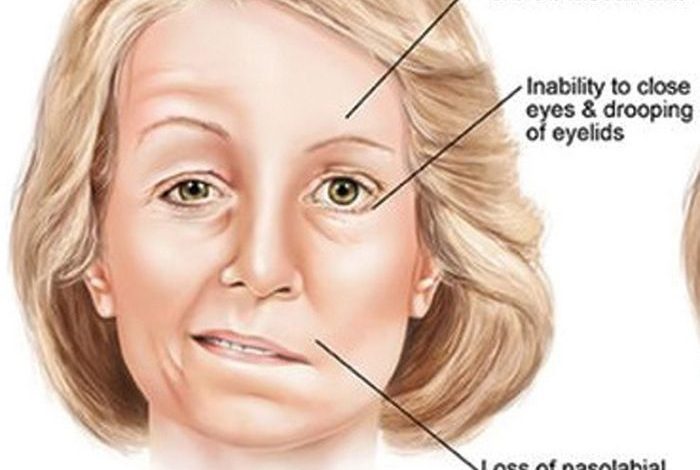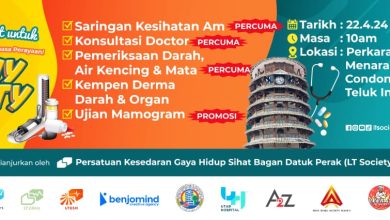

Eye Health
Ipoh Echo’s EYE HEALTH series continues with Consultant Eye Surgeon Dr S.S. GILL talking to us about BELL’S PALSY or FACIAL PARALYSIS.
Bell’s Palsy is the weakening or paralysis of the muscles on one side of the face. While many may not have heard of this, it is not that rare a condition. There are no Malaysian statistics on Bell’s Palsy but in the United States, it is estimated to be 1 in 60 people.
In 2016, Angelina Jolie revealed that she had suffered from a bout of facial palsy. The reason it is referred to as Bell’s Palsy is because it was discovered by Sir Charles Bell a Scottish Surgeon and Anatomist in the 19th century. He found that when the 7th cranial nerve or facial nerve was affected, it caused the paralysis of muscles on the affected side of the face.
FACIAL NERVE
The facial nerve mainly controls the muscles of expression, and picks up taste sensation from a part of the tongue. When it gets affected, half of the face appears droopy and expressionless (please refer to adjacent illustration).
CAUSES
Bell’s Palsy occurs when the 7th cranial nerve becomes swollen within the bony canal that it passes through. The cause for this is generally unknown but research has linked it to viral infections like herpes simplex, sarcoidosis, HIV and herpes zoster.
THE PROBLEM
The affected half of the face becomes droopy as it becomes paralysed. The eye then is unable to close properly and therefore dries out resulting in exposure keratitis. This is dangerous and may lead to corneal ulcer formation and may lead to blindness if left untreated. Apart from the eye, eating too becomes difficult as there is poor mouth control on the paralysed side with speech becoming unclear especially when pronouncing words with ‘P’ and ‘B’, along with a drooling of saliva and the inability to smile properly.
DIAGNOSIS
A neurological assessment will quickly reveal the problem. An MRI needs to be done to ensure that it is not caused by a tumour pressing on the nerve. A thorough ENT examination is also a must along with some blood tests.
TREATMENT
Often, a course of oral corticosteroids with antiviral is given. If there is pain, analgesics are added. Faradic nerve stimulation physiotherapy is also beneficial to most patients. Most patients recover in three weeks. Rarely, it may be prolonged up to six months or in some instances it may never recover leaving the face permanently paralysed and surgical correction may be indicated. Do seek immediate medical treatment if you suspect you have Bell’s Palsy.


